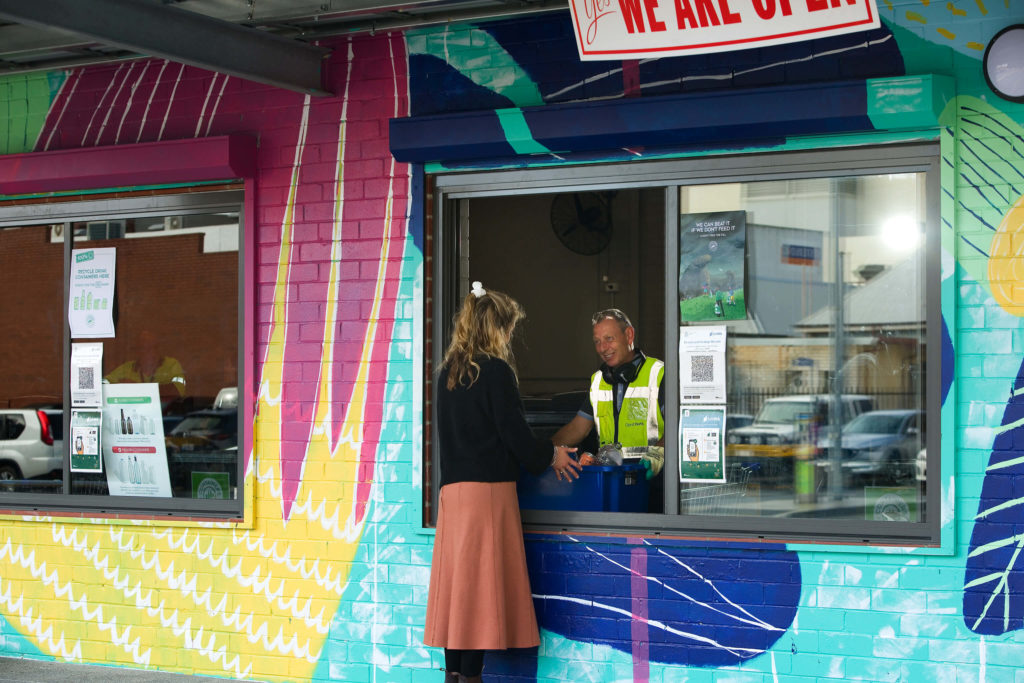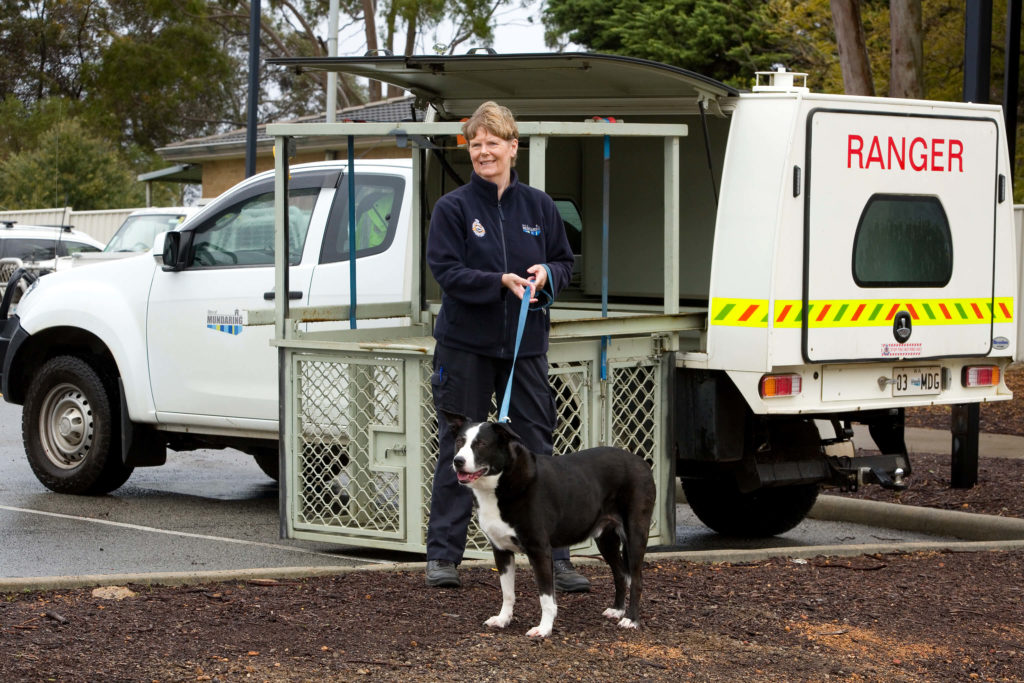Where we’ve been
The 2021 LGIS Local Government Golf Tournament, the Broome Board Tour, and the Kimberley Zone and WALGA Dinner

Most local governments have the collection points within their boundaries and workers sorting through the containers – and it’s important you’re aware of any risks and how to best mitigate them.
Workers at the refund point are tasked with the collection and processing of containers from the public.
Often, items are dropped off on the floor, and stored in whatever carrier the public provides (plastic bags, small steel drums, laundry baskets, crates, large plastic barrels, wheelie bins). This makes it difficult for staff to pick up the items and carry them at waist height for processing.
Staff then sort the containers into different bins, often while crushing cans and removing lids. The community could pack any items they like, which increases the risk to staff sorting through the containers.
In summary, the main tasks are collecting containers from the customer, moving 240L to 1100L bins around, and sorting containers at the sorting station.
The 2021 LGIS Local Government Golf Tournament, the Broome Board Tour, and the Kimberley Zone and WALGA Dinner
A substantial amount of a local government’s resources are
connected to its motor fleet. If the fleet has downtime, it can have significant impact on the local government’s diverse range of operations.
The scenario: The worker, Fred Dagg, has worked at the Shire of Westralia as a Plant Operator for 35 years. Fred was an accomplished footballer and cricket player having represented the town at many sporting competitions over the years.
Potentially hazardous characteristics include:
Highly repetitive upper limb movements
Sustained awkward postures when sorting at the sorting stations
High force when lifting and moving bins and containers
Exposure to excessive noise levels.
Recommendations:
Allow enough space for processing and improved posture and movement
Have a waist-high bench ‘drop off point’ to reduce lifting items from the floor
Ensure appropriate signage throughout the area, for community members and workers alike (for e.g. outlining which containers are suitable; asking customers to remove lids and liquids prior)
Provide local government-branded drop off bags to eliminate the variety of carriers, and ensuring they are see-through enables workers to view the contents when sorting
Provide trolleys to move containers from drop off point to processing table or skip bin
Ensure all staff wear correct personal protective equipment, such as gloves and hearing protection.
Automated systems where the drop off and sorting component are completed by the customer are another option, however it’s recognised this may not be feasible for all local governments
The LGIS injury prevention team can assist your local government in assessing your manual task risks, and providing recommendations for any hazardous characteristics. If you have any questions, please contact the team on 9483 8818.

As a local government delivering services to your community, any interactions you have with third parties – directly or indirectly – introduces liability risk exposures.

The Containers for Change initiative incentivises community members to recycle. It encourages the community to collect eligible containers, take them to a collection point, and earn a refund of 10 cents for every container.

Manual tasks are performed by all workers within local government, and are classed as physical work activities that can be defined as any activity requiring a person to use their musculoskeletal system.
LGIS is the unifying name for the dedicated suite of risk financing and management services for WA local governments, established by the WA Local Government Association in conjunction with JLT Public Sector (part of the Marsh group of companies). LGIS is managed by JLT Public Sector (ABN 69 009 098 864 AFS Licence 226827).
Risk Matters, via this website, is designed to keep members, their staff and elected members informed on topical risk management and insurance issues and LGIS programs and services.